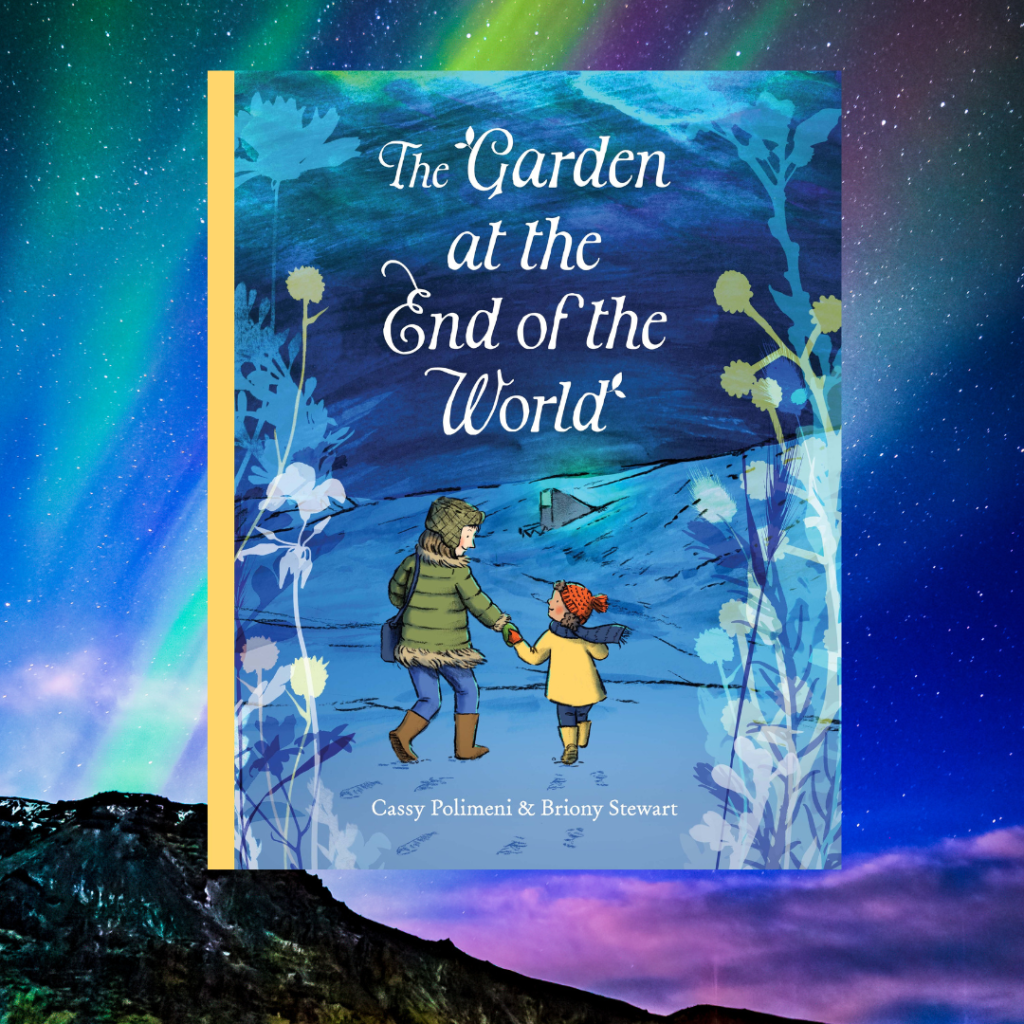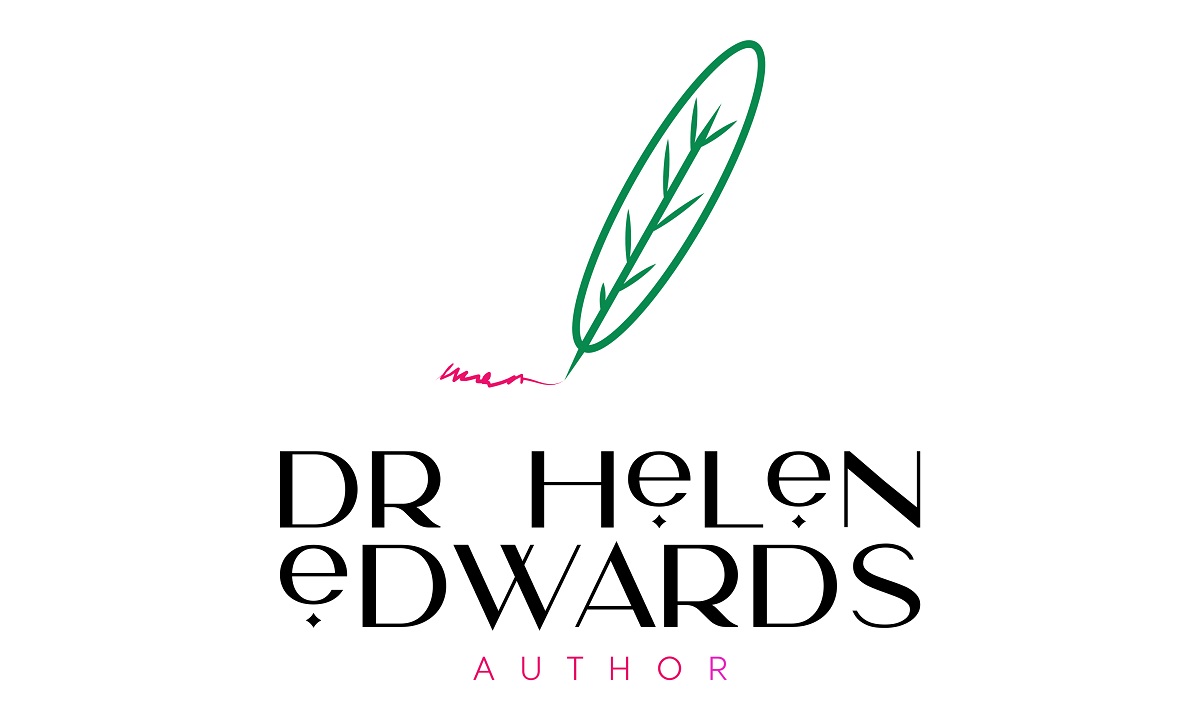The Garden at the End of the World by Cassy Polimeni & Briony Stewart

Picture books are a staple in my book shelves and there is a continuous stream of gorgeous Australian picture books to satisfy my addiction to them! I have a few new ones to share with you, starting with this stunning story, The Garden at the End of the World, by by Cassy Polimeni and illustrated by Briony Stewart. I have long been fascinated by global seed vaults and was delighted to see someone has written a book about this important topic.
At the end of the world is an island covered in ice.
On the island is a mountain.
Inside the mountain is a vault.
And inside the vault are millions of seeds.When Isla makes a special discovery, she and her botanist mother adventure to the Global Seed Vault in Norway. Isla is going to leave her precious package there, so children who haven’t even been born yet can grow and eat the food we all enjoy. What else will they encounter along the way?
The Garden at the End of the World is a hopeful story about protecting nature’s treasures for the future.
The first thing about this picture book is that it is visually beautiful. The cover ranges through a spectrum of light-filled blues, the luminescent purple base reflecting the inclusion of the Northern Lights in the story. The plants on the cover are see-through and drawn in a soft watercolour/pastel style, which is carried on throughout the book, with pops of oranges, golds and browns. It is quite magical and even the lettering chosen for the title contributes to this feeling.
Despite the topic of climate change being quite difficult and somewhat dark, this story is joyful and the two main characters, Isla and her mother, are holding hands and smiling on the cover, telling children that this will be a story filled with hope and inviting you into the pages of the book.
The story is a blend of fiction and fact, with a lyrical style prose, dotted with facts about seeds and seed banks and the importance of protecting our treasured seeds for future generations. Isla finds a seed pod and she wants to keep it, but her mother suggests a trip to the Seed Vault in Norway. Isla asks if the seeds are magical and her mother replies that she supposes they are, because they can live for hundreds of years and then turn into food.
Isla and her mother travel to Norway and Isla clutches her seeds tightly the whole way, only to lose them at the last moments. Luckily she finds them again and deposits them inside the vault. Along the way she learns about polar bears and the long polar night, the fact that this icy place was once tropical swampland, as well as the Northern Lights.
Briony continues the theme of light in her illustrations, with views through light-filled windows, shimmering lights upon the tarmac at the airport, the twinkling lights of homes in the long polar night, bright white snow and frost, culminating with the swirling Northern Lights. All of this adds to the feeling of hope.
Once inside the vault, Isla is delighted by all of the different seeds, from places all across the world. She says goodbye to her own seeds – ‘She knows they will be safe, in the garden at the end of the world.’ The message of this book is one of optimism and a sense that people are working together to make things better – something that our children and young people need to hear.
The endpapers are a delight and could easily be turned into a framed piece of art for your wall. Rendered in indigo blue, the rounded edged rectangles are filled with soft white illustrations of different leaves, plants and seeds.
This is an excellent book to read with children aged 3-8 years old and anyone who loves picture books. The illustrations give opportunity for children to find their own stories within the pages and they work in tandem with the text.
Cassy’s writing finds a perfect balance between fiction and fact. It is simple but elegant, with just the right amount of rising tension. There is enchantment and wonder in the middle of the book, when the Northern Lights burst from the pages (there is no need for words at this point) and relief when Isla safely secures her seeds. There is a note at the end of the book, directing readers to more information about the Global Seed Vault and it would be a perfect stepping off point for discussion about these issues in early to middle primary school.
This book offers hope to children (or anyone) experiencing climate anxiety and fear about our future, especially in relation to food security. It shows that there are many people, all across the world, taking steps to preserve, study and nurture our beautiful blue planet.
Teachers notes are available on UQP’s website here
A gorgeous book to keep in your own library and a must for schools and public libraries. It would be an excellent read aloud story for groups who want to go on to create art, craft and write their own stories inspired by this one, as well as leading into studies about climate change and the environment.
Helen
